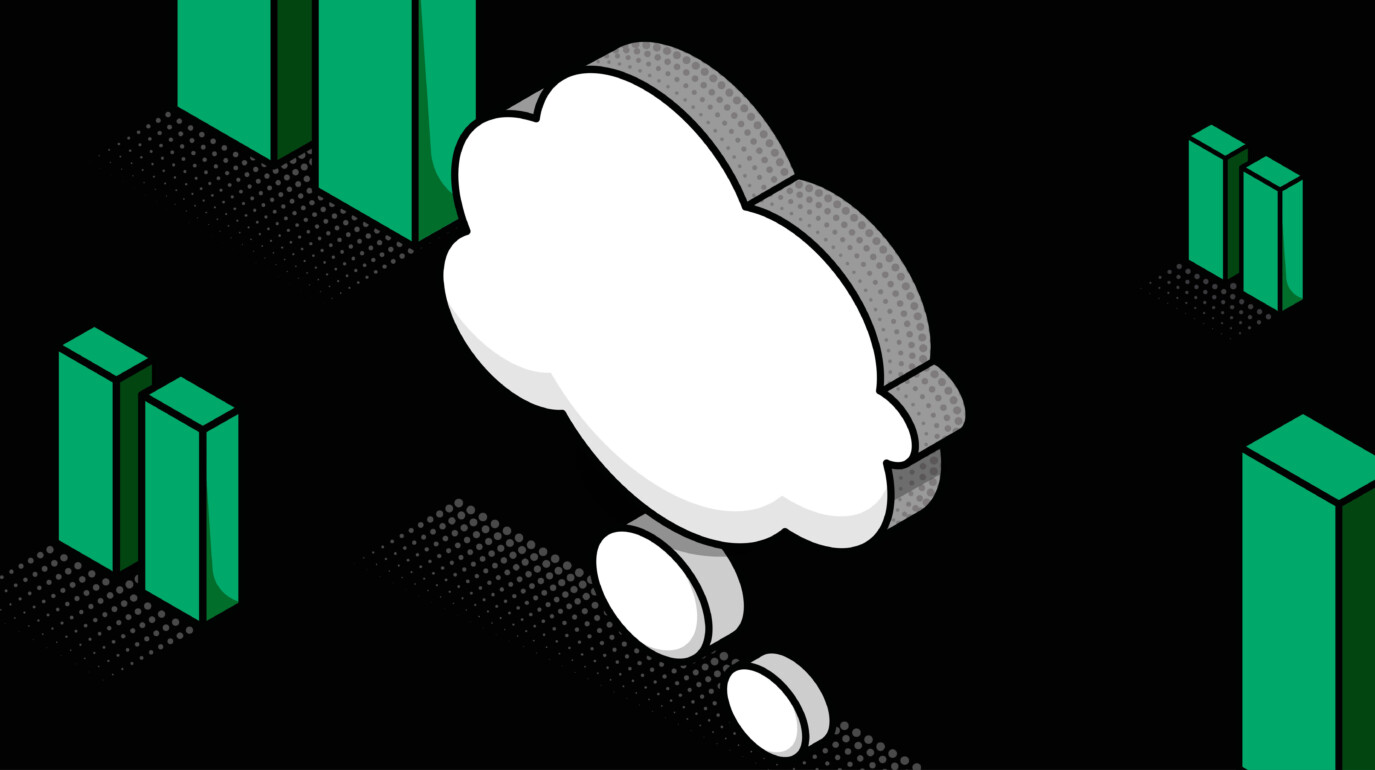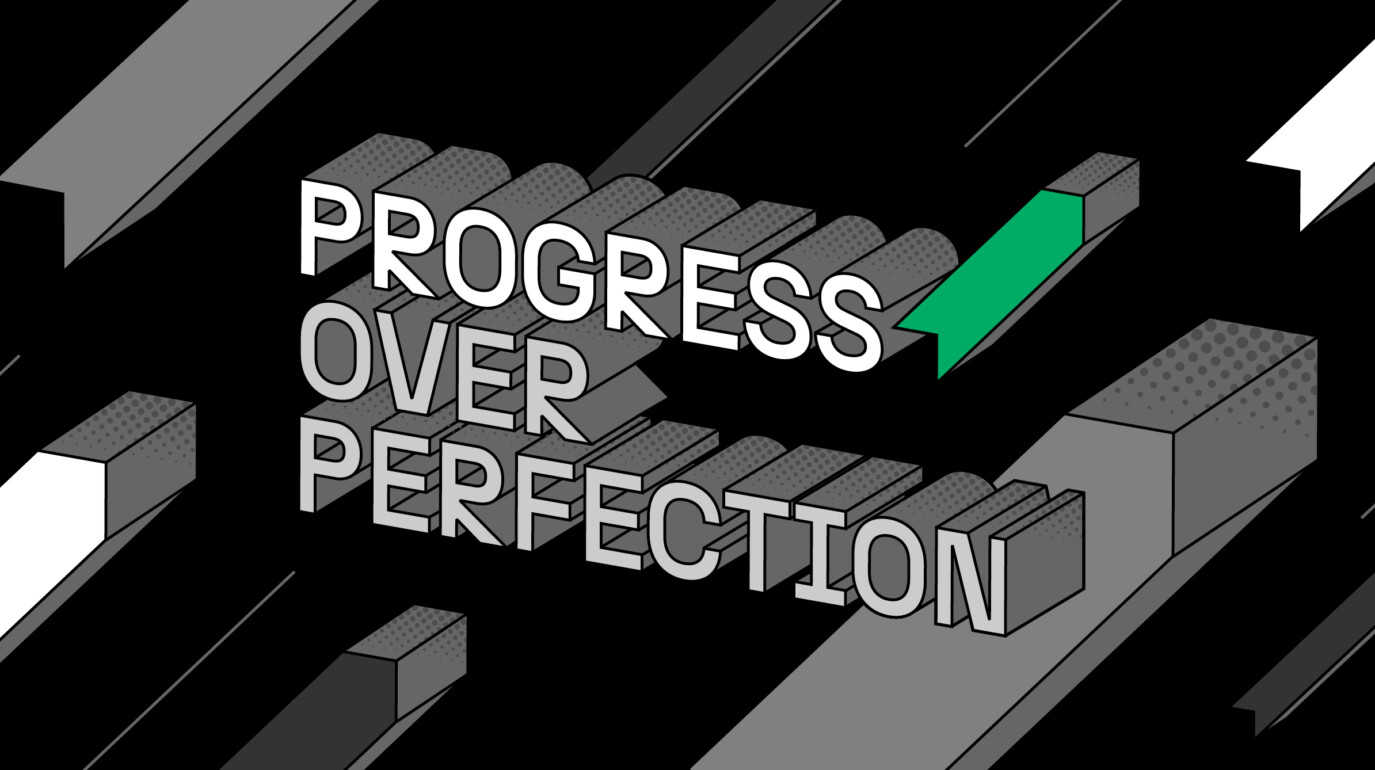
AUTHOR: TIM PARKER
READ TIME: 5 MINS
In a disconnected world, connection is the strongest currency, says Brand Strategy Director Tim Parker. But what are drivers of disconnection for brands today? And how can brand leaders better balance the needs of both the individual and society to drive growth?
Brands and brand leaders are in a tight spot.
In times of economic volatility, climate change and cultural polarisation, consumers want, need and expect more from their brands than ever. Value (yes, naturally!) – but also originality, sustainability, transparency, creativity, personalisation, authenticity. The list goes on.
At the same time, CEOs and boards have their eyes firmly fixed on one thing: long-term growth.
So what are the biggest problem areas for brands today? In our latest Citizen Brands study – Solving the connection deficit: How to drive growth by better connecting your brand to people and society – we identified three challenges, all linked to the central theme of disconnection. And we explored how a shift in focus can help overcome these hurdles to drive growth for your brand.
If you’re feeling the strain of disconnection, the following might resonate.
1. The expectation disconnect: Leaders are struggling to balance conflicting pressures
Brand leaders might report into the CEO, but their list of stakeholders, audiences and interested parties is ever-growing. Keeping them all happy while driving growth for the brand is no mean feat.
Consumers themselves throw up all kinds of contradictory challenges. On the one hand, they’re more focused than ever on their own needs and what brands can do for them. Not surprising, considering increasing individualism and ongoing belt-tightening.
But they – and other key audiences, like the media and regulators – also expect brands to do good in the world and contribute to wider society.
Ignore the Self and risk disappointing the consumer. Ignore Society and risk being out of line with expectations – or worse still, creating a backlash and inviting regulatory scrutiny.
“In the headlong rush to take a stance on the big issues, brands have forgotten to act like brands.”
2. The action disconnect: Brands aren’t walking the walk
The second area of disconnect is rooted in the fact that brands desperately want to operationalise societal expectations, but are finding it hard to do so. How do you find practical ways to meet societal expectations? How do you take purpose from abstract theory to tangible action? How do you ground it in something real, tangible and meaningful? Brand leaders again find themselves in a tough spot.
3. The belief disconnect: Brands are trapped in a cycle of scepticism
While it’s obviously critical for brands to take action on societal issues, we consumers have become tired of their do-goodery storytelling. In the headlong rush to take a stance, brands have forgotten to act like brands. They show up with warm platitudes, stale cliches and generic convictions – which feels inauthentic, turns people off and feeds a cycle of scepticism and disbelief.
So why is solving the connection deficit so crucial? Primarily because the brands able to connect with both individuals and wider society are the ones driving stronger growth. By a significant percentage in fact – 37%, when you compare the top Citizen Brands with the bottom Citizen Brands from our 2024 study.
So how can brand leaders find a way to better connect, both with people and society? How can they reconcile conflicting demands? How can they turn ideas into practice? How can they find growth in such times of disconnection? It starts with the concept of a Citizen Brand.



